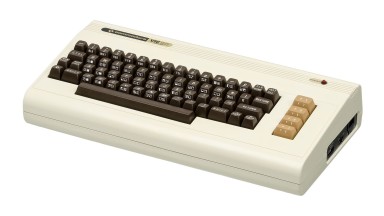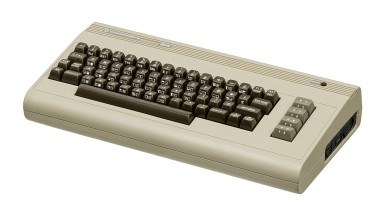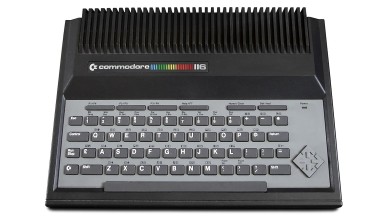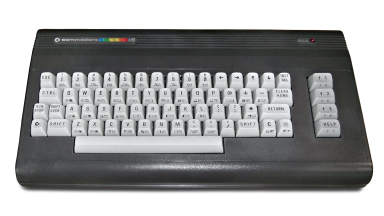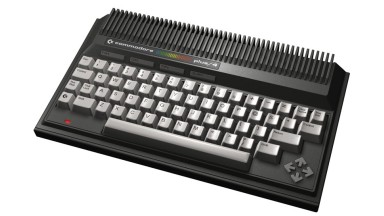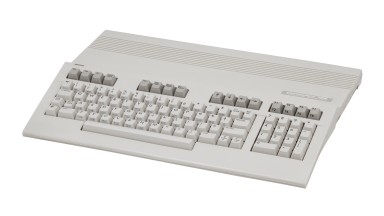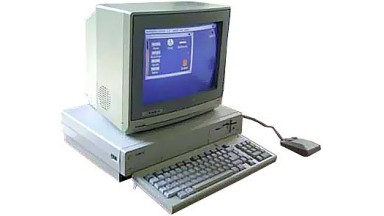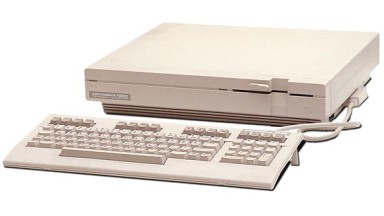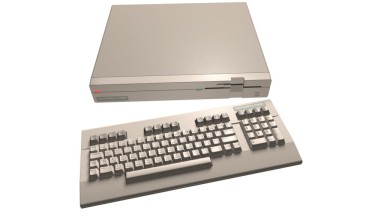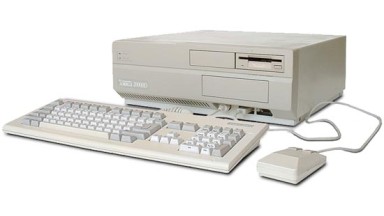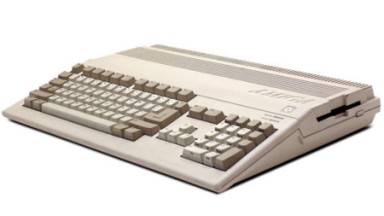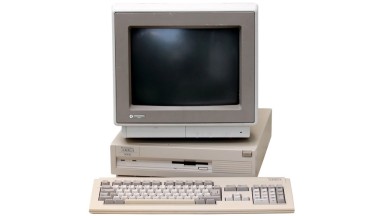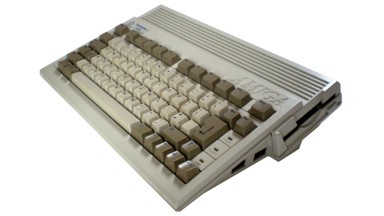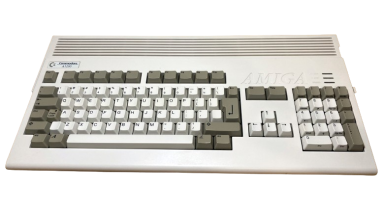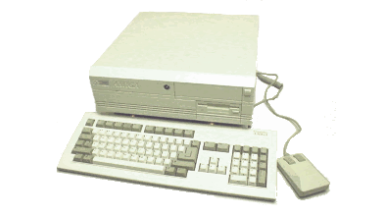Computers by brand Commodore

Brand: Commodore
Founded: 1954
By: Jack Tramiel
In:
West Chester
 USA
USA
Commodore International played a pivotal role in the development of the personal computer industry in the 1980s. It developed and marketed the world's best-selling desktop computer, the Commodore 64 (1982), and enjoyed some success with its 16-bit computers, the Commodore Amiga, but these were gradually displaced by the widespread adoption of the IBM PC architecture, and the company finally declared bankruptcy in 1994.
Shortly before that, on September 30, 1993, Commodore Spain closed.
